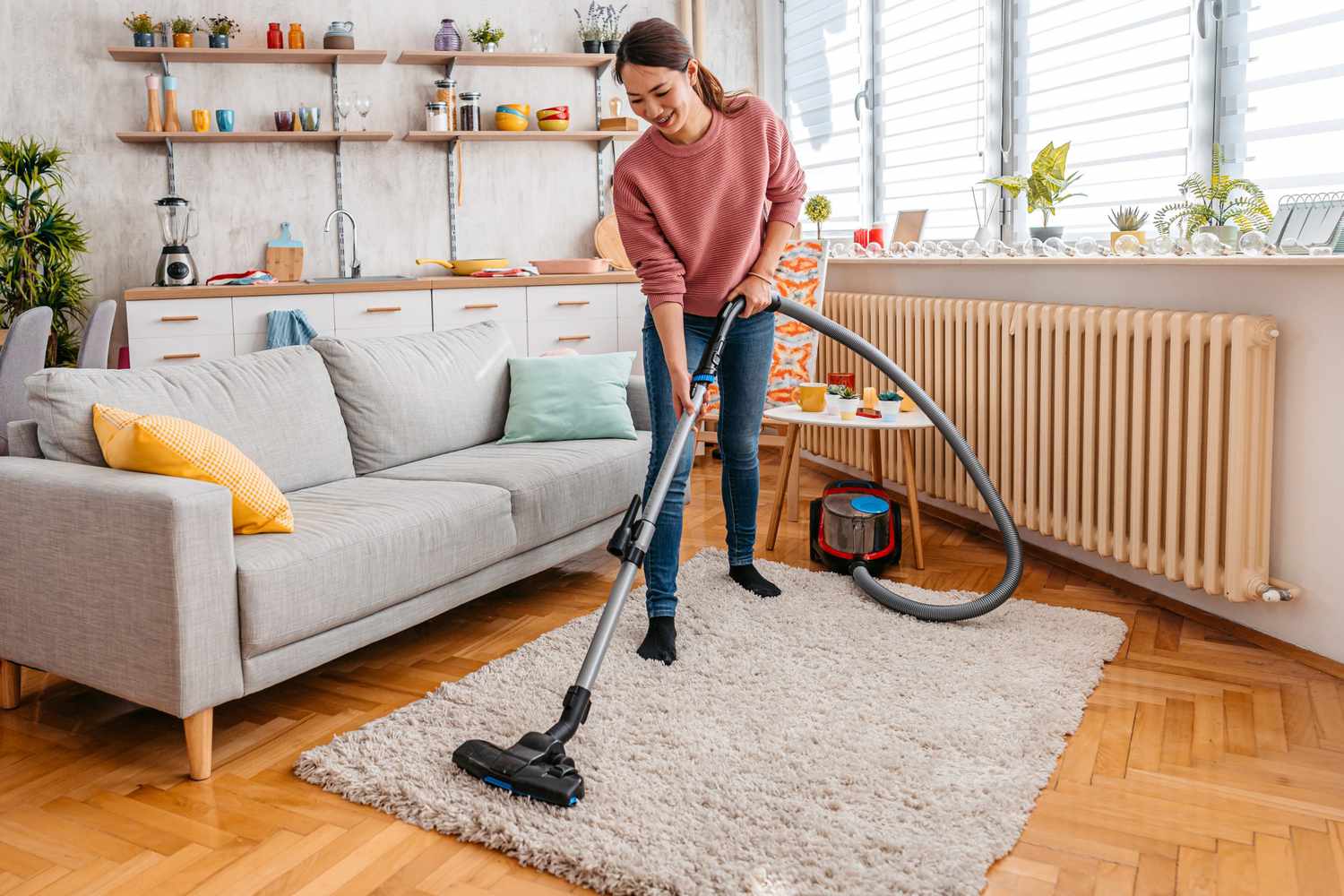

Articles
How To Clean A Living Room Rug
Modified: January 8, 2024
Discover the expert advice and step-by-step guide on cleaning your living room rug with our informative articles. Transform your space with our tips and tricks!
(Many of the links in this article redirect to a specific reviewed product. Your purchase of these products through affiliate links helps to generate commission for Storables.com, at no extra cost. Learn more)
Introduction
A living room rug is a beautiful and functional addition to any home. It not only adds comfort and warmth to the space but also serves as a focal point and a reflection of your personal style. However, with daily use, the rug can accumulate dust, dirt, stains, and pet hair, making it lose its original allure.
Cleaning a living room rug might seem like a daunting task, but with the right approach and materials, you can restore its beauty and freshness. In this article, we will guide you through the step-by-step process of cleaning a living room rug, ensuring that it remains in pristine condition for years to come.
Key Takeaways:
- Keep your living room rug clean and fresh by regularly removing loose dirt, vacuuming, treating stains promptly, and deep cleaning periodically. Proper care ensures a beautiful and inviting space for years to come.
- Groom your rug fibers after deep cleaning to restore its natural texture and appearance. Carefully return furniture to prevent damage and maintain the rug’s beauty and functionality.
Read more: How To Layer Rugs In Living Room
Materials Needed
Before you start cleaning your living room rug, gather the following materials:
- Vacuum cleaner: A powerful vacuum cleaner is essential for removing loose dirt and debris from the rug’s surface.
- Soft-bristle brush or broom: This will be used for gently scrubbing the rug and loosening any embedded particles.
- White vinegar: White vinegar is an effective natural cleaner that can help remove stains and odors from your rug.
- Mild detergent: Look for a mild, non-bleaching detergent specifically formulated for rugs or carpets.
- Bucket or spray bottle: You will need a container to mix your cleaning solution and apply it to the rug.
- Clean white cloth or sponge: A soft cloth or sponge will be used for blotting stains and applying the cleaning solution.
- Water: You will need water for diluting the cleaning solution and rinsing the rug.
- Fan or open window: Adequate ventilation is important for drying the rug efficiently.
- Plastic wrap or furniture sliders: These will help protect the rug from furniture legs and prevent stains during the cleaning process.
Gather these materials before you begin, as it will make the cleaning process smoother and more efficient.
Step 1: Remove Loose Dirt
The first step in cleaning a living room rug is to remove any loose dirt and debris from its surface. This will prevent the dirt from being ground into the fibers during the cleaning process.
To remove loose dirt, start by taking the rug outdoors and giving it a good shake. This will dislodge a significant amount of dirt, dust, and pet hair. If your rug is too large to shake outdoors, you can hang it on a sturdy clothesline or over a balcony railing and gently beat it with a broom or a soft-bristle brush to loosen the dirt.
Next, use a vacuum cleaner with a brush attachment to thoroughly vacuum both sides of the rug. Start from one edge and slowly work your way across the entire surface, making sure to go over the edges and corners as well. This will help remove any remaining loose dirt and further prep the rug for deep cleaning.
For rugs with longer fibers or shaggy textures, you can also use a soft-bristle brush to gently brush the fibers in the direction of the pile. This will help lift any trapped dirt and fluff up the rug for a fresher appearance.
By removing loose dirt and debris before proceeding to the next steps, you are ensuring that the cleaning process is more effective and prevents any dirt particles from further embedding themselves into the rug.
Step 2: Vacuum the Rug
After removing the loose dirt, it’s time to give your living room rug a thorough vacuuming to remove any remaining dirt, dust, and allergens.
Start by adjusting the height of your vacuum cleaner to the appropriate setting for your rug. If your rug has a low pile or is delicate, set the vacuum to a higher setting to prevent the fibers from being pulled or damaged. For rugs with longer fibers or shaggy textures, set the vacuum to a lower setting for a deeper clean.
Begin vacuuming the rug by starting at one end and slowly moving the vacuum in straight lines toward the other end. Make sure to overlap each pass to ensure maximum coverage. Pay extra attention to high traffic areas, as they tend to accumulate more dirt and debris. Use the vacuum’s attachments to clean along the edges and corners of the rug.
If your rug has any fringes, be gentle when vacuuming around them to avoid damaging or tangling the fringes. It’s best to use a handheld vacuum or a small brush attachment for this purpose.
For stubborn dirt or pet hair, you may need to make multiple passes or use a turbo brush attachment to loosen and remove the debris effectively.
Remember to vacuum both sides of the rug to ensure a thorough cleaning. This will help eliminate any trapped dirt or allergens that may be hiding in the fibers.
Vacuuming your living room rug regularly, at least once a week or more frequently in high traffic areas, will help maintain its cleanliness and prolong its lifespan.
Step 3: Treat Stains
Over time, your living room rug may develop stains from spills, pet accidents, or everyday use. Treating these stains promptly is essential to prevent them from becoming permanent and ruining the appearance of your rug.
Before you begin treating the stains, it’s important to identify the type of stain you’re dealing with. Different stains require different cleaning methods. Here are some common types of stains and how to treat them:
- Food and beverage stains: Blot the stain immediately with a clean cloth or paper towel to absorb as much of the liquid as possible. Then, mix a solution of one part white vinegar to two parts water and apply it to the stained area. Gently blot the stain with a clean white cloth or sponge, working from the outer edges towards the center. Rinse the area with water and blot dry.
- Grease and oil stains: Sprinkle some baking soda or cornstarch on the stain and let it sit for a few minutes to absorb the grease. Vacuum the area to remove the powder. If the stain persists, mix a mild detergent with warm water and apply it to the stain. Blot gently with a clean cloth or sponge, then rinse and blot dry.
- Pet stains: For urine, blot the stain immediately with a clean cloth or paper towel. Mix a solution of equal parts white vinegar and water and apply it to the stained area. Blot gently, then rinse and blot dry. For solid or semi-solid pet waste, use a disposable glove to remove the waste and gently blot the stained area with a cleaning solution. Rinse and blot dry.
- Ink or dye stains: For fresh ink stains, blot the area with a clean cloth or paper towel to remove excess ink. Dampen a clean cloth with isopropyl alcohol and blot the stain gently, working from the outer edges towards the center. Rinse with water and blot dry. For old or stubborn ink stains, it’s best to consult a professional rug cleaner.
Remember to always test any cleaning solution on a small, inconspicuous area of the rug first to ensure it doesn’t cause any discoloration or damage to the fibers.
By treating stains promptly and using the appropriate cleaning methods, you can effectively remove most common stains from your living room rug, restoring its pristine condition.
Vacuum your living room rug regularly to remove dirt, dust, and debris. Use a carpet cleaner for deep cleaning and spot treat any stains promptly.
Read more: How To Choose A Living Room Rug
Step 4: Deep Clean the Rug
Deep cleaning your living room rug is an important step to remove embedded dirt, odors, and stains that regular vacuuming may not be able to eliminate. There are several methods you can use to deep clean your rug, depending on its material and your preference.
Here are two common methods for deep cleaning a rug:
- Steam cleaning: Steam cleaning is an effective method for deep cleaning rugs, especially those made of synthetic materials or wool. Rent or purchase a steam cleaner specifically designed for rugs and follow the manufacturer’s instructions. Fill the steam cleaner with hot water and the recommended cleaning solution. Slowly move the cleaner across the rug, making sure to cover all areas. Allow the rug to dry thoroughly before placing furniture back on it.
- Professional cleaning: If you have a valuable or delicate rug, or if you prefer to leave the cleaning to the experts, consider hiring a professional rug cleaning service. They have specialized equipment and knowledge to properly clean and restore your rug without causing any damage. Research and choose a reputable rug cleaning company in your area and schedule an appointment.
Before deep cleaning your rug, it’s important to read the care instructions provided by the rug manufacturer. Certain rugs may have specific cleaning requirements or restrictions that you need to follow to avoid damage.
Regardless of the method you choose, deep cleaning your living room rug periodically, at least once or twice a year, will help remove deep-seated dirt and allergens, rejuvenate its appearance, and extend its lifespan.
Step 5: Allow the Rug to Dry
After deep cleaning your living room rug, it’s important to allow it to dry thoroughly before placing furniture back on it or using the space. Proper drying prevents the growth of mold and mildew and ensures that your rug stays fresh and odor-free.
Here are some tips to facilitate the drying process:
- Place the rug in a well-ventilated area with good airflow. If possible, open windows or use fans to increase air circulation.
- Avoid exposing the rug to direct sunlight, as it can cause fading or discoloration.
- For faster drying, you can use a carpet dryer or dehumidifier. Simply set it up near the rug and let it work its magic.
- If your rug is small or manageable, you can hang it outside on a clothesline or over a railing, making sure it’s securely anchored.
- Rotate the rug occasionally during the drying process to ensure even drying and prevent any moisture pockets.
The drying time may vary depending on the thickness of your rug and the humidity level in your environment. Generally, it can take anywhere from a few hours to a couple of days for the rug to dry completely.
Do not rush the drying process by placing the rug on a wet or damp surface or using excess heat. This can lead to mold growth or damage to the rug fibers.
Ensure that the rug is completely dry before moving on to the next step to avoid any potential issues or setbacks.
Step 6: Groom the Rug Fibers
Once your living room rug is completely dry, it’s time to groom the fibers to restore their natural appearance and fluffiness. Grooming the rug helps regain its original texture and enhances its overall visual appeal.
Here are a few simple steps to groom your rug fibers:
- Using a soft-bristle brush or a rug rake, gently brush the fibers in the direction of the pile. This will help remove any matting or compacted areas that may have occurred during the cleaning process.
- For rugs with longer fibers or shaggy textures, you can use your hands to shake the fibers and separate them, giving the rug a fuller and more luxurious look.
- If there are any fringes on your rug, carefully comb them using a wide-toothed comb or your fingers to untangle and straighten them.
Grooming your rug not only improves its appearance but also helps distribute the fibers evenly, preventing premature wear and tear.
You can groom your rug as often as needed, but it’s especially beneficial to do so after deep cleaning or when you notice the fibers looking flat or matted.
By taking the time to groom your living room rug, you’ll enjoy a fresh and inviting look that adds charm and comfort to your space.
Step 7: Return Furniture to its Place
Now that your living room rug is clean, dry, and groomed, it’s time to carefully return the furniture to its original position on the rug. This final step will help enhance the overall aesthetics of your space and ensure that the rug stays in place.
Here are a few tips to consider while moving the furniture:
- Start by lifting the furniture instead of dragging it across the rug. Dragging heavy furniture can damage the rug fibers or cause them to shift out of place.
- Use furniture sliders or pieces of plastic wrap under the furniture legs to prevent any potential stains or indentations on the rug.
- Make sure the furniture is evenly distributed on the rug, maintaining a balance between the different pieces. This will help prevent excessive wear and tear on specific areas of the rug.
- Readjust any rug pads or grippers that may have moved during the cleaning process. These help keep the rug in place and provide cushioning.
Take your time when rearranging the furniture, ensuring that it is positioned properly and that the rug is in alignment with the room’s layout.
Once all furniture is back in place, take a step back and admire the refreshed and clean look of your living room rug.
Remember to continue regular maintenance and cleaning of your rug to keep it in optimal condition and enjoy its beauty for years to come.
Read more: How To Style Rug In Living Room
Conclusion
Cleaning a living room rug may seem like a daunting task, but with the right approach and materials, it can be a manageable and rewarding endeavor. By following the step-by-step guide provided in this article, you can effectively remove dirt, stains, and odors, and restore the beauty of your rug.
Remember to start by removing loose dirt and debris, followed by vacuuming the rug to deep clean it. Treat stains promptly using appropriate cleaning solutions, and consider deep cleaning the rug periodically to remove embedded dirt and allergens. Allow the rug to dry thoroughly before grooming the fibers to restore their natural appearance. Finally, carefully return the furniture to its place, ensuring that the rug is aligned and positioned properly.
Regular maintenance and cleaning of your living room rug will not only keep it looking fresh and inviting but also prolong its lifespan. Vacuuming the rug weekly, addressing stains promptly, and scheduling deep cleanings as needed will help maintain its cleanliness and overall condition.
A clean and beautiful living room rug adds warmth, comfort, and style to your space. It creates a welcoming atmosphere for family and guests alike. So, take the time to care for your rug, and you’ll enjoy its beauty and functionality for years to come.
Remember to always refer to the care instructions provided by the rug manufacturer and test any cleaning solutions or methods on a small, inconspicuous area before applying them to the entire rug.
With the knowledge and guidance provided in this article, you are now equipped to tackle the task of cleaning your living room rug with confidence.
Frequently Asked Questions about How To Clean A Living Room Rug
Was this page helpful?
At Storables.com, we guarantee accurate and reliable information. Our content, validated by Expert Board Contributors, is crafted following stringent Editorial Policies. We're committed to providing you with well-researched, expert-backed insights for all your informational needs.


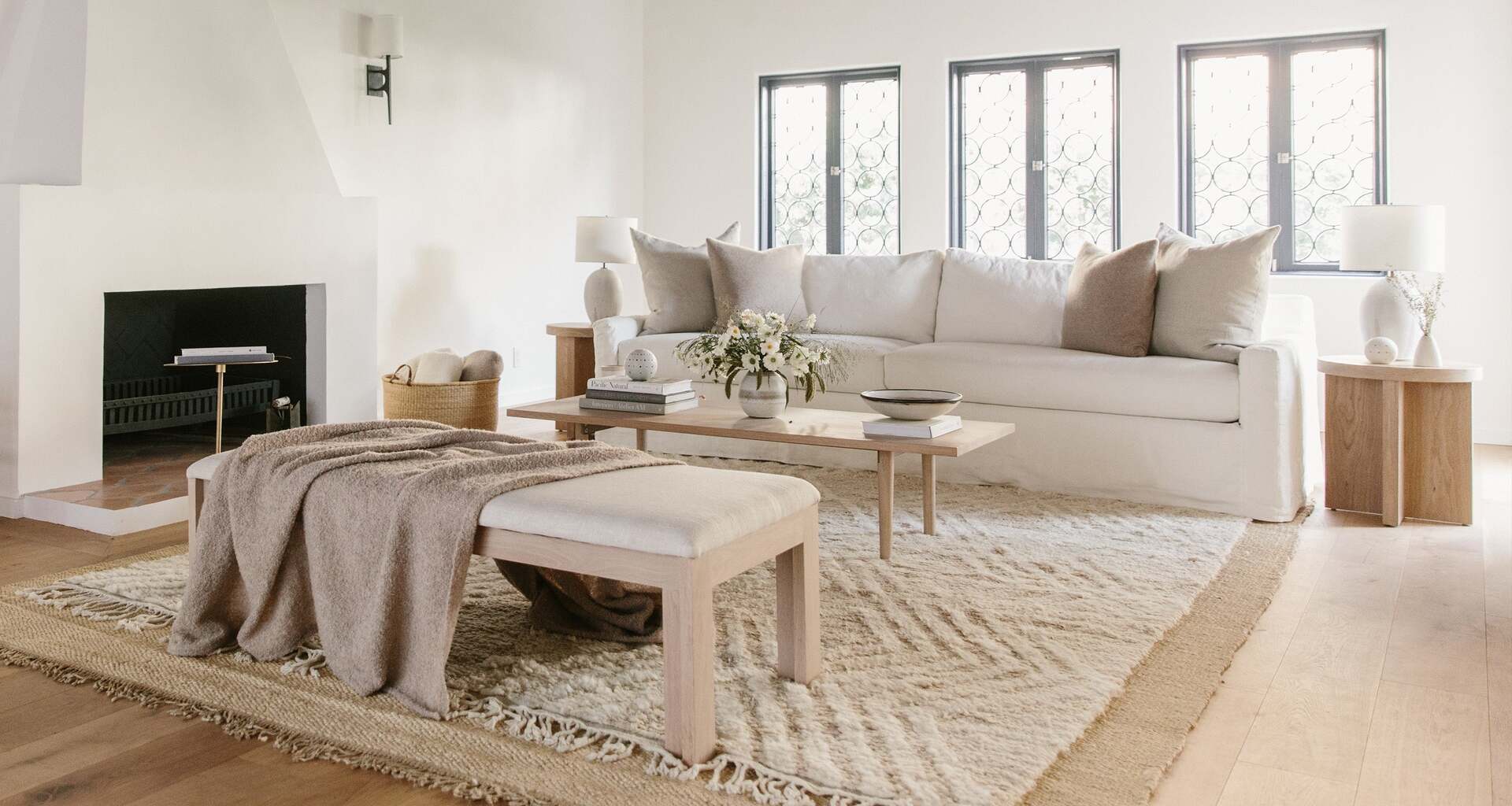
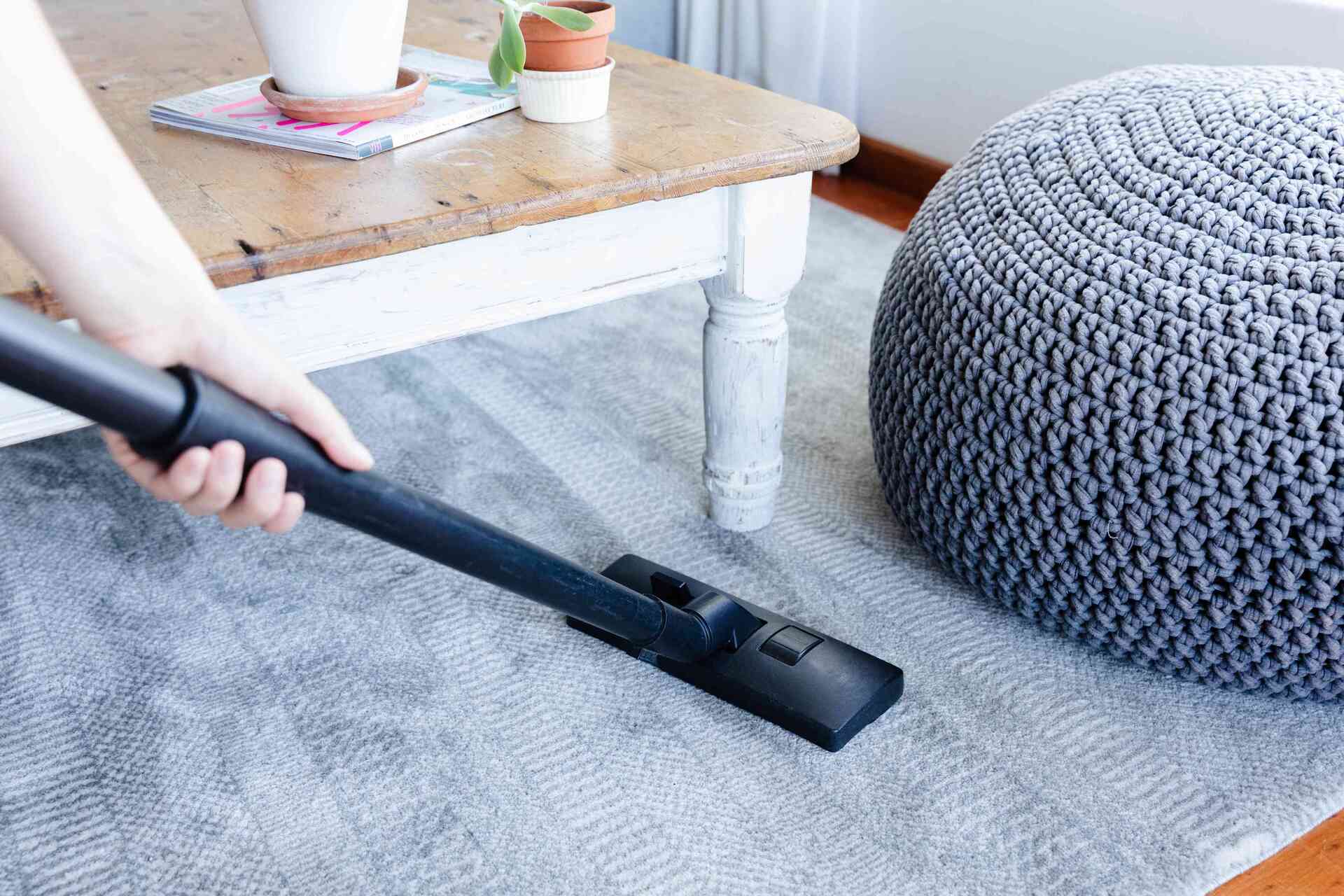

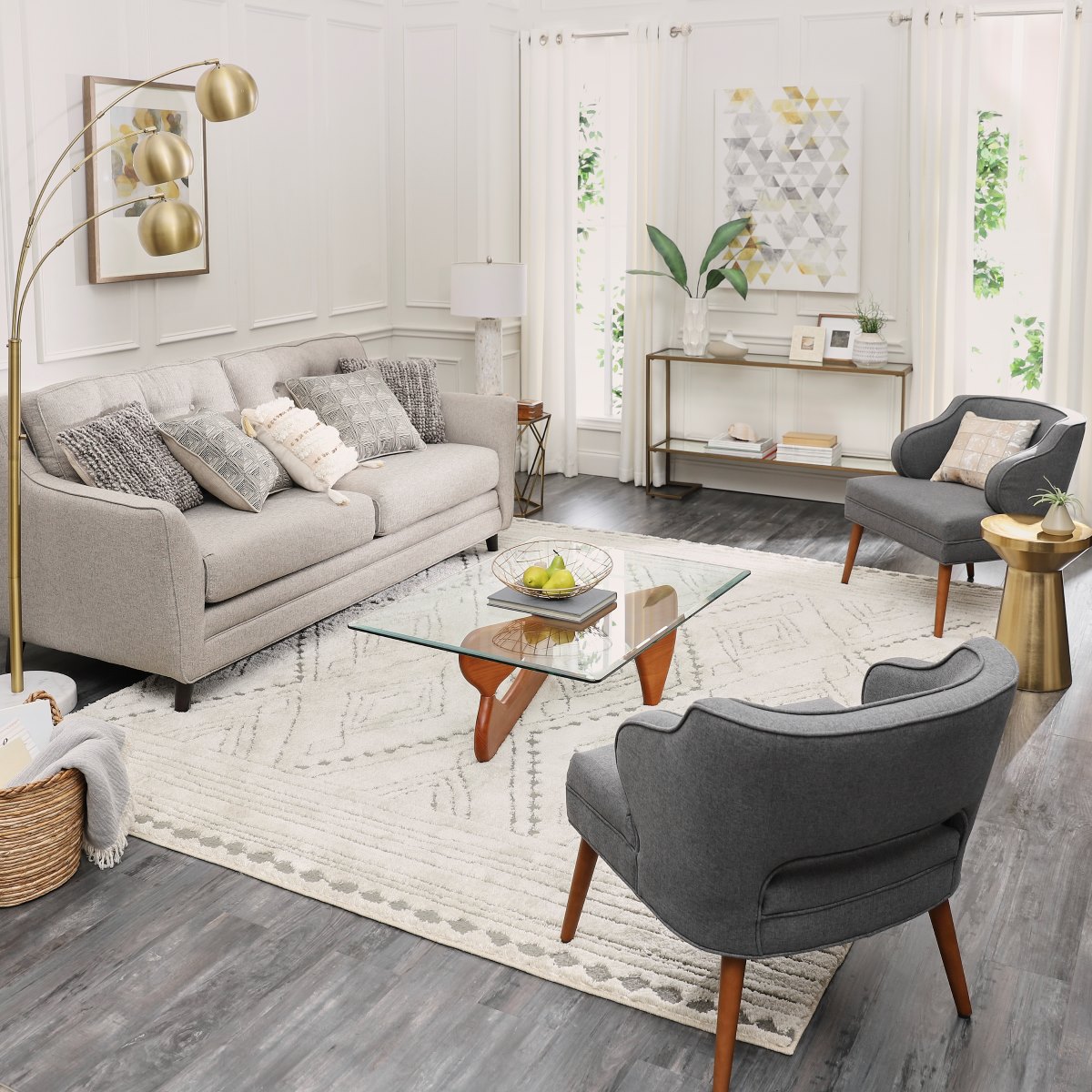



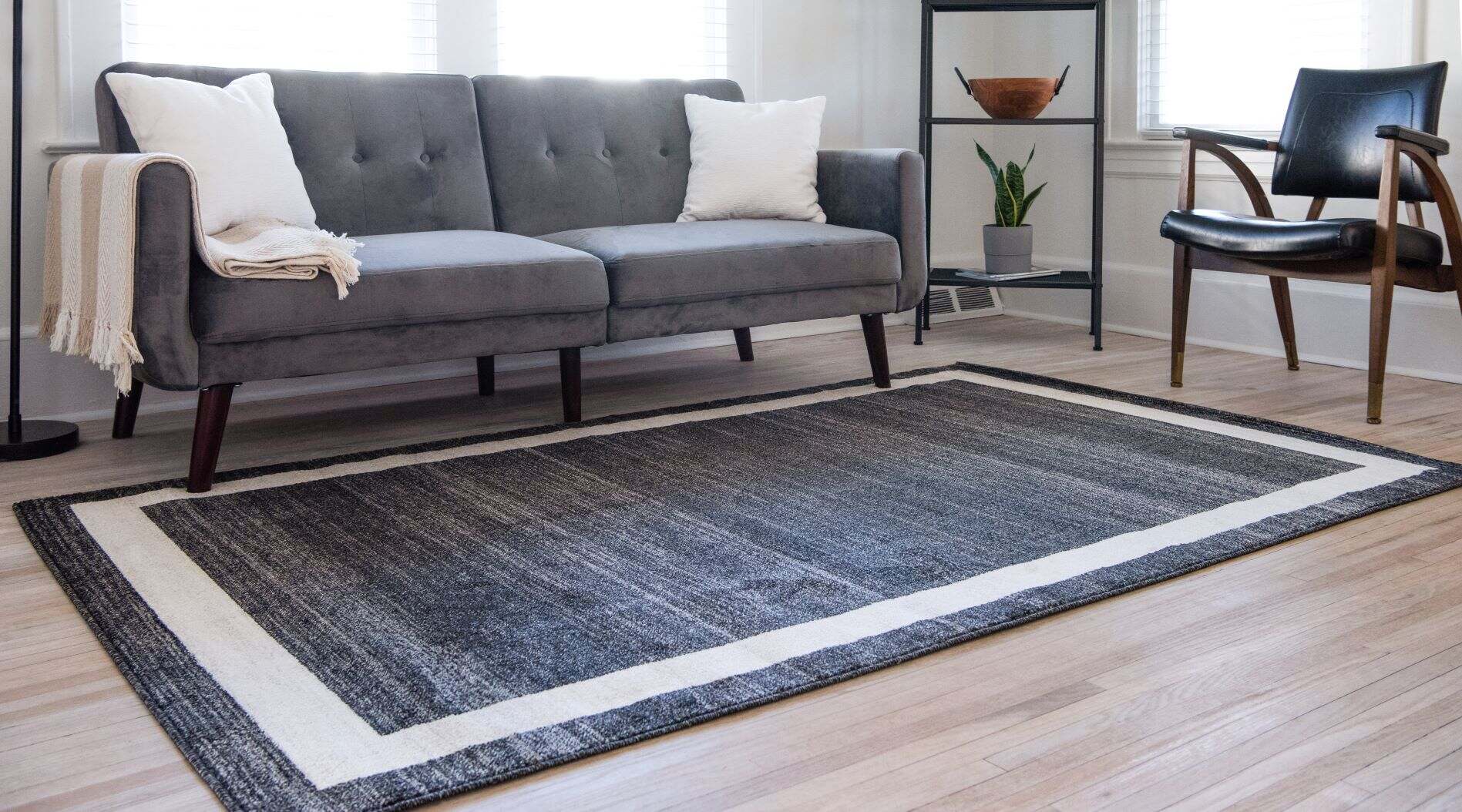
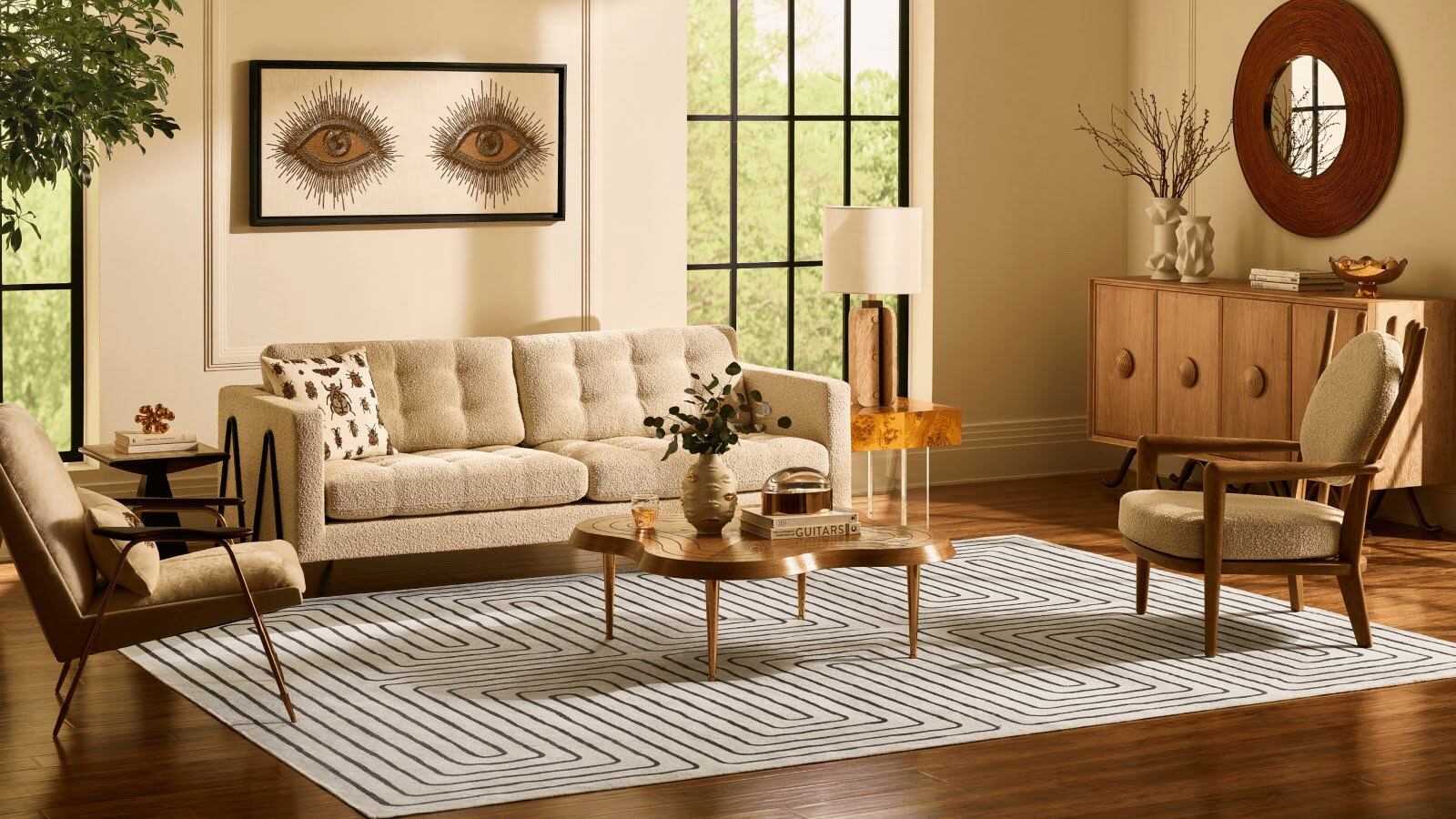
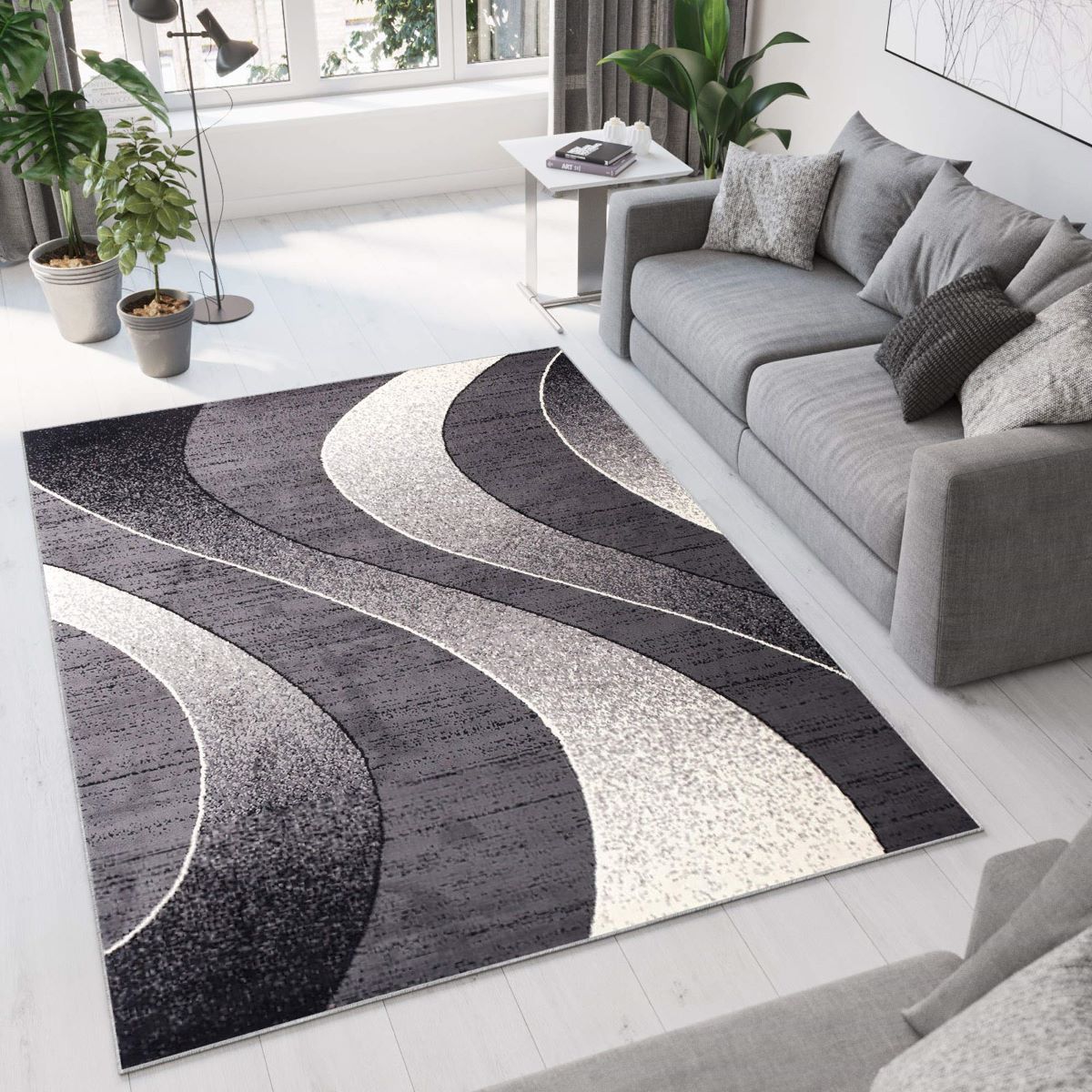


0 thoughts on “How To Clean A Living Room Rug”